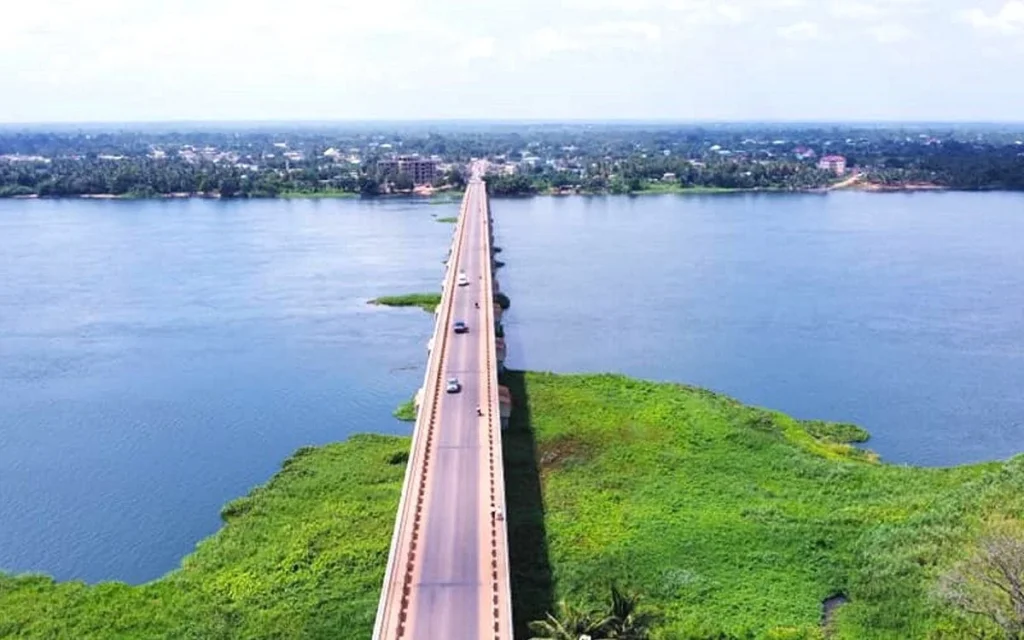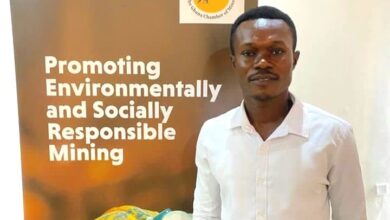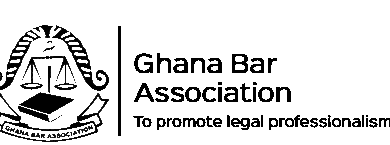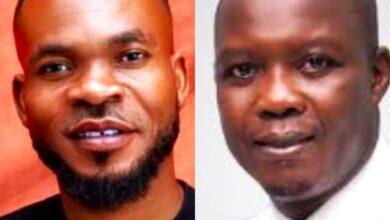Feature:- The history of Sogakofe bridge construction
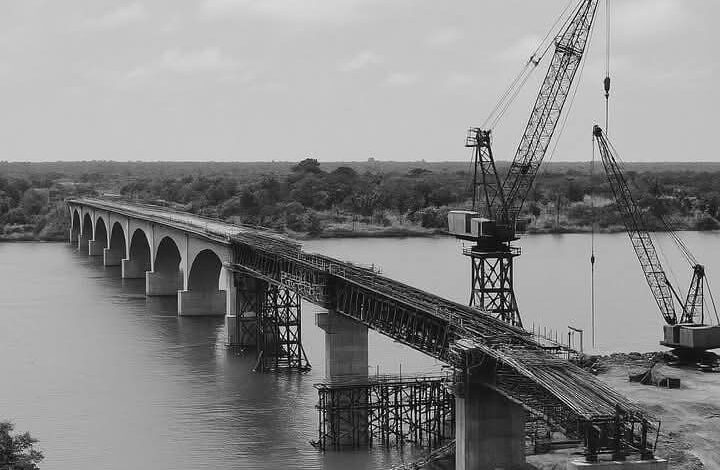
HISTORY OF THE SOGAKOPE BRIDGE CONSTRUCTION.
Background and Need:
Before the Sogakope Bridge was built, crossing the Volta River between Sogakope and Sokpoe relied on a slow and often unreliable ferry service. This bottleneck hindered trade, travel, and economic growth, especially along the N1 highway connecting Aflao to Accra. In the early 1960s, Ghana’s first president, Dr. Kwame Nkrumah, prioritized infrastructure to unify and develop the newly independent nation. The bridge was envisioned to boost commerce and mobility in the Volta Region and beyond.
Initiation (1964):
In 1964, Nkrumah ceremonially turned the first sod to kick off the project, signaling its importance to Ghana’s development. The bridge was designed to span 650 meters, making it the longest in Ghana at the time, and to replace the ferry with a reliable, permanent crossing over the Volta River. The project aligned with Nkrumah’s broader push for industrialization and connectivity, like the earlier Adomi Bridge (1957).
Construction (January 1965 – January 1967):
Contractors: The bridge was built by two German firms, A.H.I. Bau AG (Düsseldorf) and Held & Francke Bau AG (Munich), showcasing international collaboration in Ghana’s post-independence era.
Design: It’s a multispan, multi-web T-beam bridge made of prestressed and reinforced concrete, engineered to withstand the Volta River’s currents and heavy traffic.
Process: Construction began in January 1965. Workers faced challenges like the river’s depth and seasonal flooding, requiring precise engineering to anchor the bridge’s foundations. Prefabricated concrete elements were likely used to speed up assembly, a common technique for such projects at the time.
Timeline: The project moved swiftly for its scale, taking just two years—a testament to efficient planning and execution despite Ghana’s political shifts during this period.
Completion and Opening (January 1967):
By January 1967, the bridge was complete, but Nkrumah couldn’t attend the opening. His government was overthrown in a 1966 coup, a turbulent moment in Ghana’s history. Instead, General J.A. Ankrah, head of the National Liberation Council, led the inauguration. The bridge immediately transformed life in the region, enabling smoother transport of goods and people, boosting local businesses, and linking communities like Sogakope and Sokpoe more closely.

Impact and Legacy:
The Sogakope Bridge became a lifeline along the N1 highway, part of the broader Abidjan-Lagos corridor, facilitating trade across West Africa.
It spurred economic growth by making Sogakope a hub for markets and transport, replacing the delays of ferry crossings.
However, over time, maintenance issues arose. By 2009, residents called it a “death trap” due to rusting joints and potholes, leading to repairs in 2017. Concerns about its condition persisted, with reports of darkness at night and structural wear by 2022, prompting plans for a New Volta Bridge (cable-stayed, proposed in 2021).
Cultural Significance:
The bridge stands as a symbol of Ghana’s ambition under Nkrumah’s leadership and the resilience of its people. It’s not just concrete and steel—it’s a lifeline that carries stories of traders, families, and travelers crossing the Volta every day.
Reflection
The Sogakope Bridge’s construction reflects Ghana’s early post-independence drive to build a modern nation, even amid political upheaval. The German contractors’ role highlights how global partnerships shaped Ghana’s infrastructure, though later maintenance struggles show the challenge of sustaining such projects. If you’re near Sogakope, Amen, you might see the bridge’s aging but proud silhouette over the Volta—a reminder of what’s possible when vision meets action.
If you’d like more details—like personal stories from locals during its construction, technical specs, or updates on the proposed new bridge—let me know, and I can dig deeper or search for fresh info! Also, are you in Sogakope or nearby? I’d love to hear your connection to the area.
Copied via Daniel Amekudzi (Facebook)
